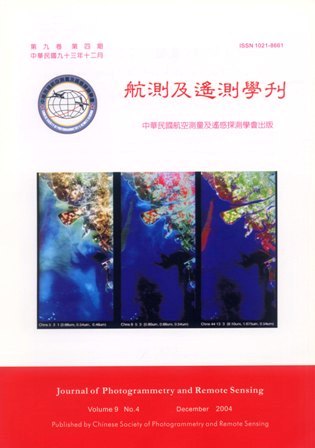The stand height growth of ecosystem can be indicated the vegetation dynamics and site quality, so to discuss this issue is very important for forest management and vegetation conservation. This study using aerial photos of three representative years (1976, 1989 and 1997) as materials, then making the digital surface model (DSM) by using the digital photogrammetry technique. And in order to discuss the impacts of different factors, using the 't-test' to compare the stand height growth of different disturbed area in Nanjenshan Ecological Reserve. The RMS errors of aerotriangulation in this research are as follows: X- coordinate is 1.09m, Y-coordinate is 1.28m, Z- value is 1.45m (1976); X- coordinate is 0.56m, Y- coordinate is 0.89m, Z- value is 1.14m (1989); X- coordinate is 0.27m, Y- coordinate is 0.54m, Z- value is 0.89m (1997). Although the results as above are not in precision, but for large-scale natural resource management, these data are good enough. Otherwise, for discussing the dynamics of stand height growth, using the long interval data (1976 to 1989 and 1976 to 1997) is better than using the short interval data (1989 to 1997). The results of t-test also show that the different factors got different influences in stand height growth. So, when making management strategy, the administration should consider every situation. If the results of this research can be integrated with the dynamics of vegetation physiognomy and the dynamics of canopy density, it will be helpful for the management of Nanjenshan Ecological Reserve.
